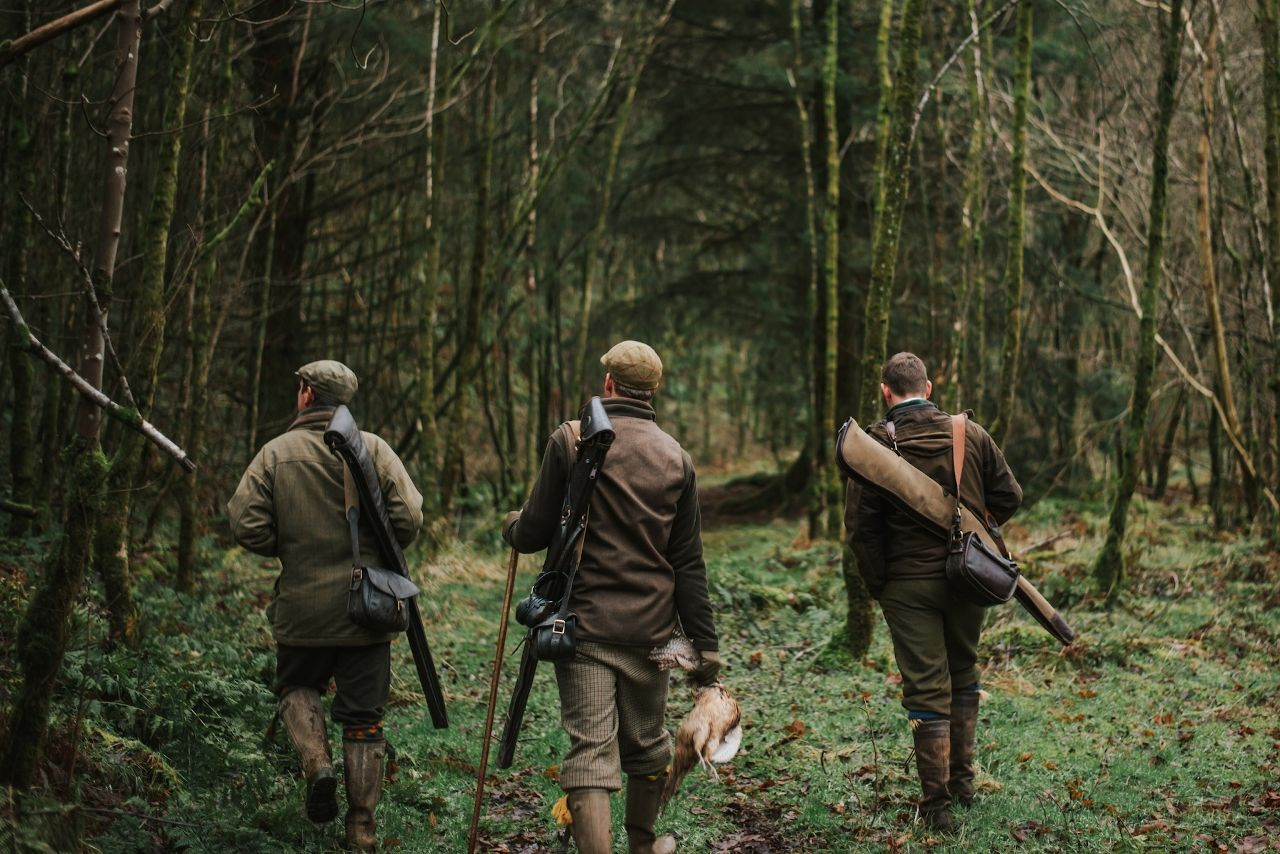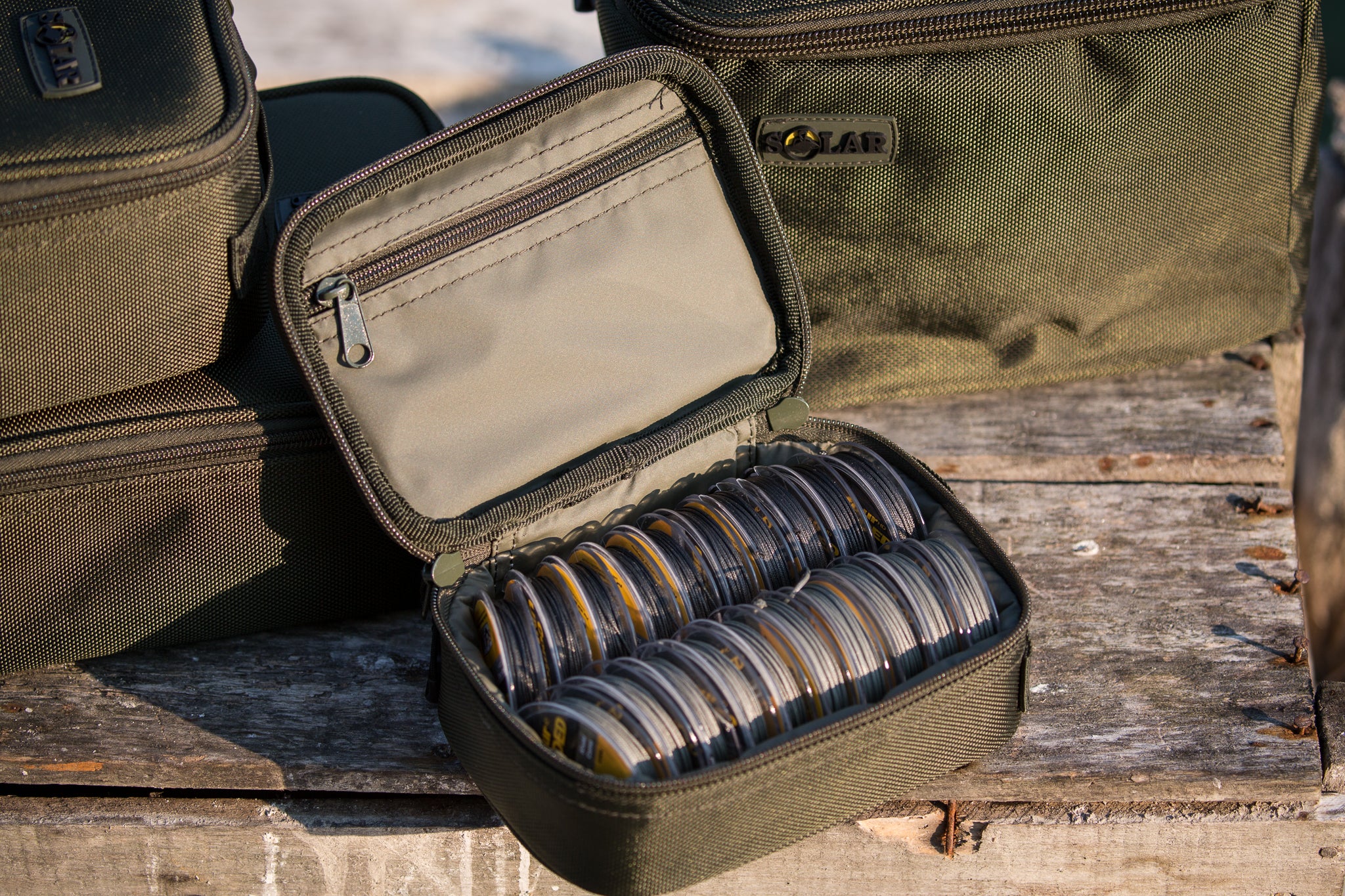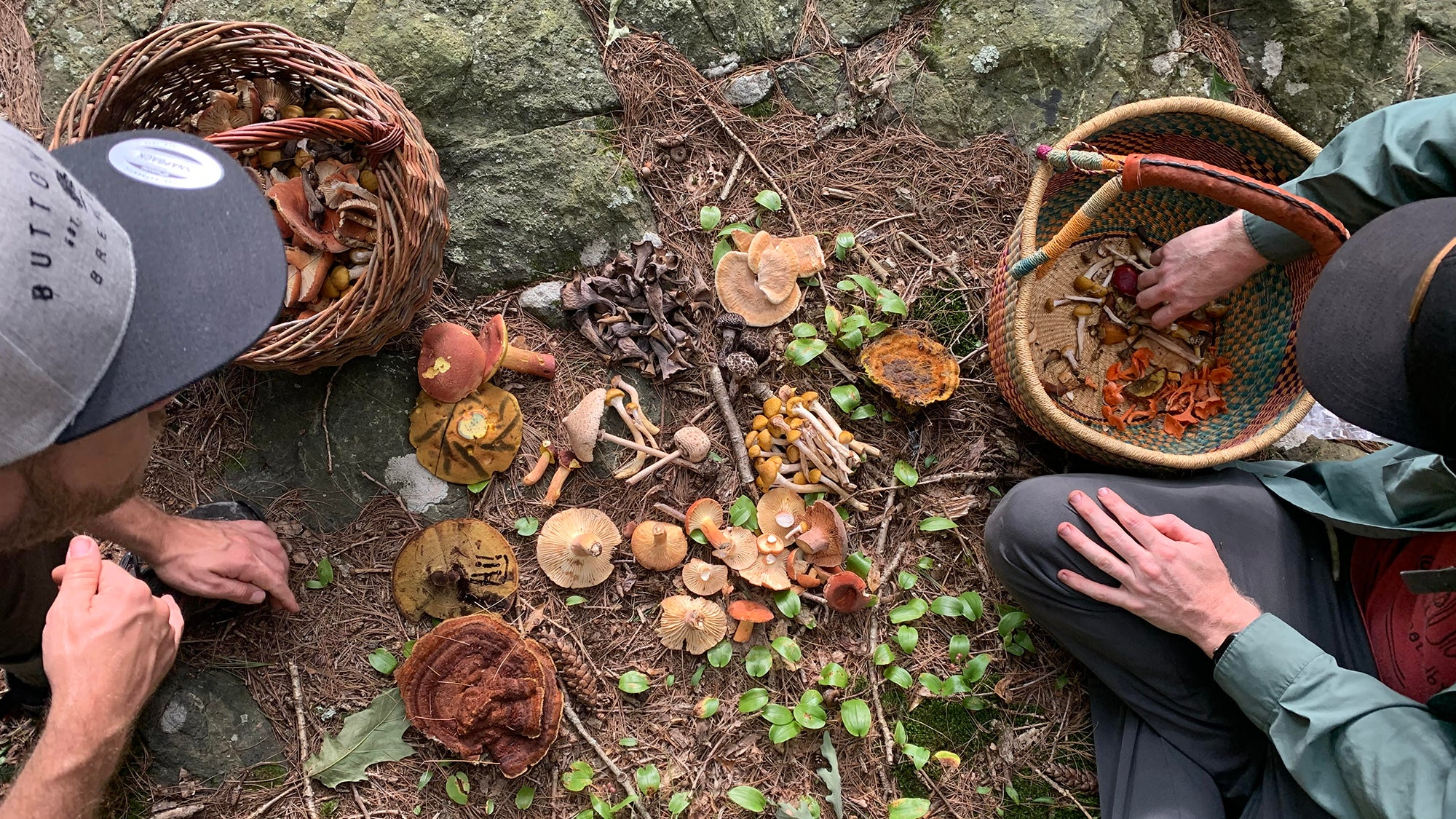The ultimate guide to mushroom hunting seasons: when and where to forage for the best wild mushrooms
Mushroom hunting is a delightful way to connect with nature, enjoy outdoor adventure, and gather your own wild delicacies. However, successful mushroom foraging requires an understanding of the seasons, regions, and conditions that yield the best finds. Whether you’re a seasoned forager or just starting out, this ultimate guide will help you plan your mushroom-hunting excursions with confidence.
The ultimate guide to mushroom hunting seasons: when and where to forage for the best wild mushrooms
1. Understanding mushroom hunting seasons
Mushroom growth is influenced by temperature, humidity, and rainfall. While some mushrooms can be found year-round, the best foraging typically occurs in spring, summer, and fall.
-
Spring (March to May):
As the ground thaws, mushrooms like morels, oyster mushrooms, and pheasant backs emerge. Spring hunting is popular due to these highly sought-after species. -
Summer (June to August):
The warmer months are ideal for chanterelles, boletes, and chicken of the woods. Frequent rains during summer provide perfect growing conditions. -
Fall (September to November):
The peak season for many varieties, including porcini, lion’s mane, and maitake. Cooler temperatures and moist soil make fall the most productive time for foraging.

2. Key regions for mushroom hunting
Mushrooms thrive in diverse environments, from dense forests to open grasslands. Understanding where to search is crucial for a successful hunt.
-
Forests:
Deciduous and coniferous forests are prime locations for many species. Look near tree bases, on decaying logs, and along shaded forest floors. -
Grasslands and meadows:
Field mushrooms and puffballs often grow in open, grassy areas, particularly after rain. -
Mountains:
Higher elevations are home to unique species like matsutake and porcini, especially in regions with moist, mossy terrain. -
Wetlands:
Marshy or swampy areas may yield species like shaggy mane or enoki mushrooms.
3. Popular mushrooms and their ideal foraging seasons
Here’s a quick guide to some of the most popular wild mushrooms and when to find them:
| Mushroom | Season | Ideal Habitat |
|---|---|---|
| Morels | Spring | Near ash, elm, or apple trees in moist soil |
| Chanterelles | Summer to Fall | Under hardwood trees like oaks and maples |
| Porcini | Late Summer to Fall | Coniferous forests with mossy ground |
| Oyster Mushrooms | Year-Round (peak in Spring and Fall) | Decaying wood or logs |
| Maitake (Hen of the Woods) | Fall | At the base of oak trees |
| Lion’s Mane | Fall to Winter | On dead or decaying hardwood trees |
| Chicken of the Woods | Summer to Fall | On stumps or logs of deciduous trees |
4. Tips for a successful mushroom hunt
- Do your research: Learn to identify mushrooms accurately and distinguish edible varieties from toxic look-alikes. Invest in a good field guide or join a local foraging group.
- Check the weather: Mushrooms thrive in damp conditions, so plan your hunt a few days after rain for optimal results.
- Go early: Mushrooms grow quickly but are also picked quickly by other foragers. Arrive early in the morning to secure the best finds.
- Respect nature: Avoid over-harvesting to ensure mushrooms can regenerate. Use a knife to cut mushrooms at the base rather than pulling them out to protect the mycelium.
5. Safety first: identifying edible mushrooms
While mushroom hunting is rewarding, it can also be dangerous if you’re not cautious. Many toxic mushrooms closely resemble edible ones. Follow these safety guidelines:
- Know the risks: Never eat a mushroom unless you are 100% certain of its identity.
- Consult an expert: When in doubt, consult a mycologist or experienced forager before consuming your finds.
- Taste test safely: Even safe mushrooms can cause allergic reactions in some people. Always try a small amount first.
6. Tools and gear for mushroom hunting
Prepare yourself with the right tools to make your foraging trip more efficient and enjoyable:
- Basket or mesh bag: Allows spores to spread as you walk, aiding mushroom reproduction.
- Foraging knife: A small, curved knife for cutting mushrooms cleanly.
- Field guide: A reliable reference for identifying species.
- GPS or compass: Essential for navigating unfamiliar terrain.
7. Mushroom hunting etiquette
- Respect private property: Always obtain permission before foraging on private land.
- Leave no trace: Preserve the environment by avoiding unnecessary damage to vegetation.
- Share the knowledge: Educate others about sustainable foraging practices.
Conclusion
Mushroom hunting is a rewarding hobby that combines adventure, sustainability, and the joy of discovery. By understanding the seasons, regions, and best practices for foraging, you can enjoy this activity safely and successfully. Whether you’re seeking gourmet mushrooms for your kitchen or simply savoring the thrill of the hunt, the key is to stay informed and respectful of nature.























